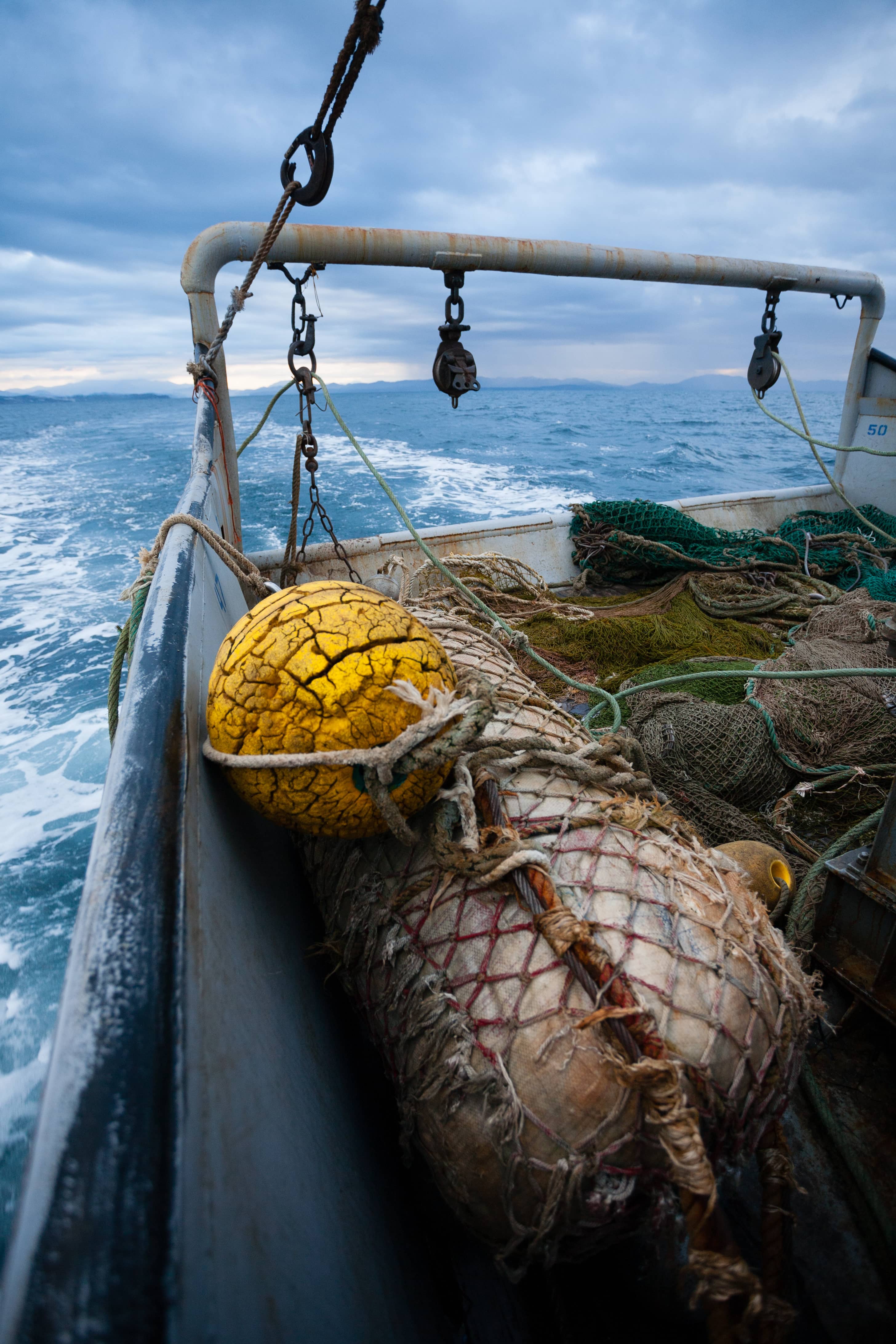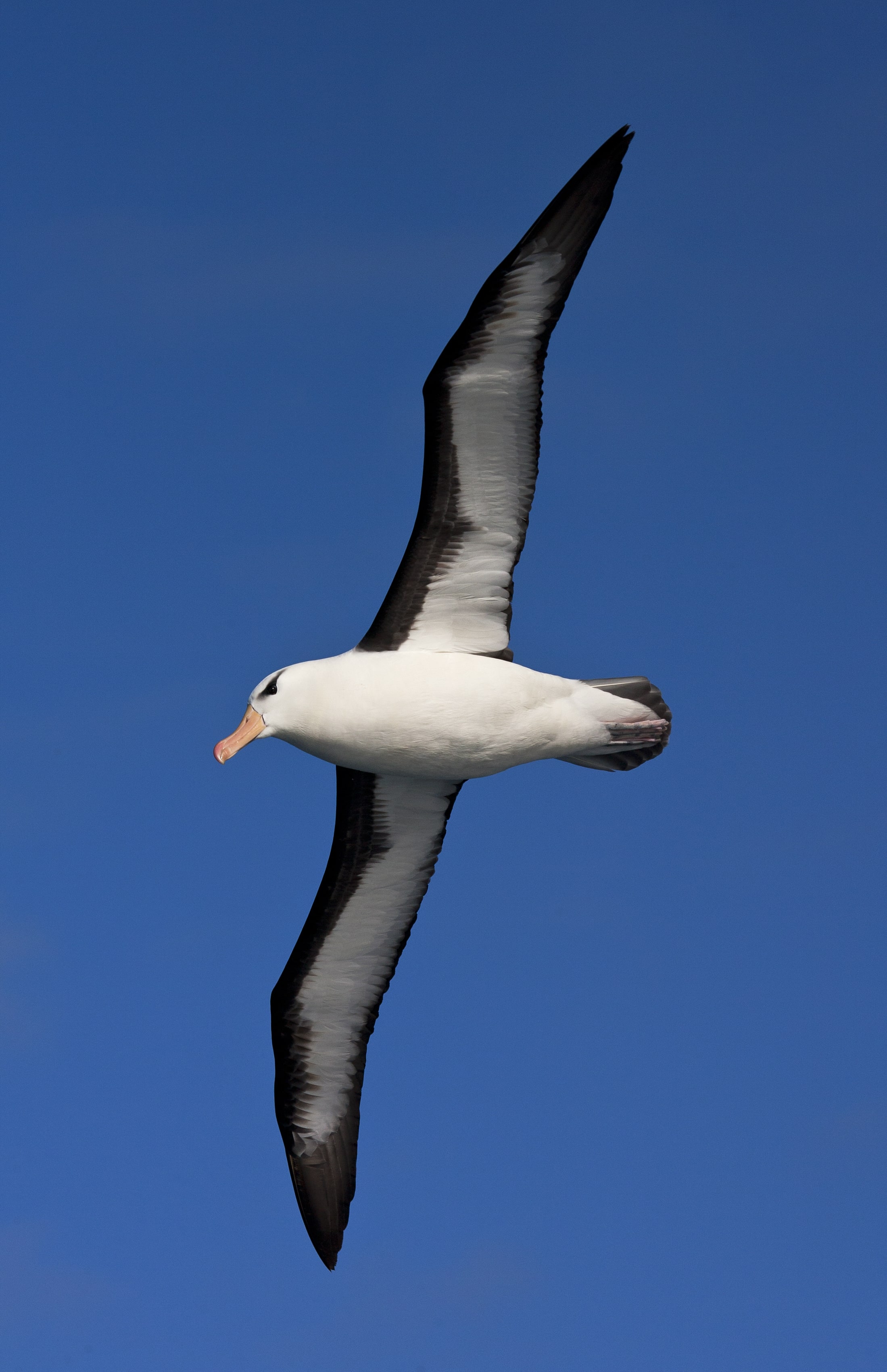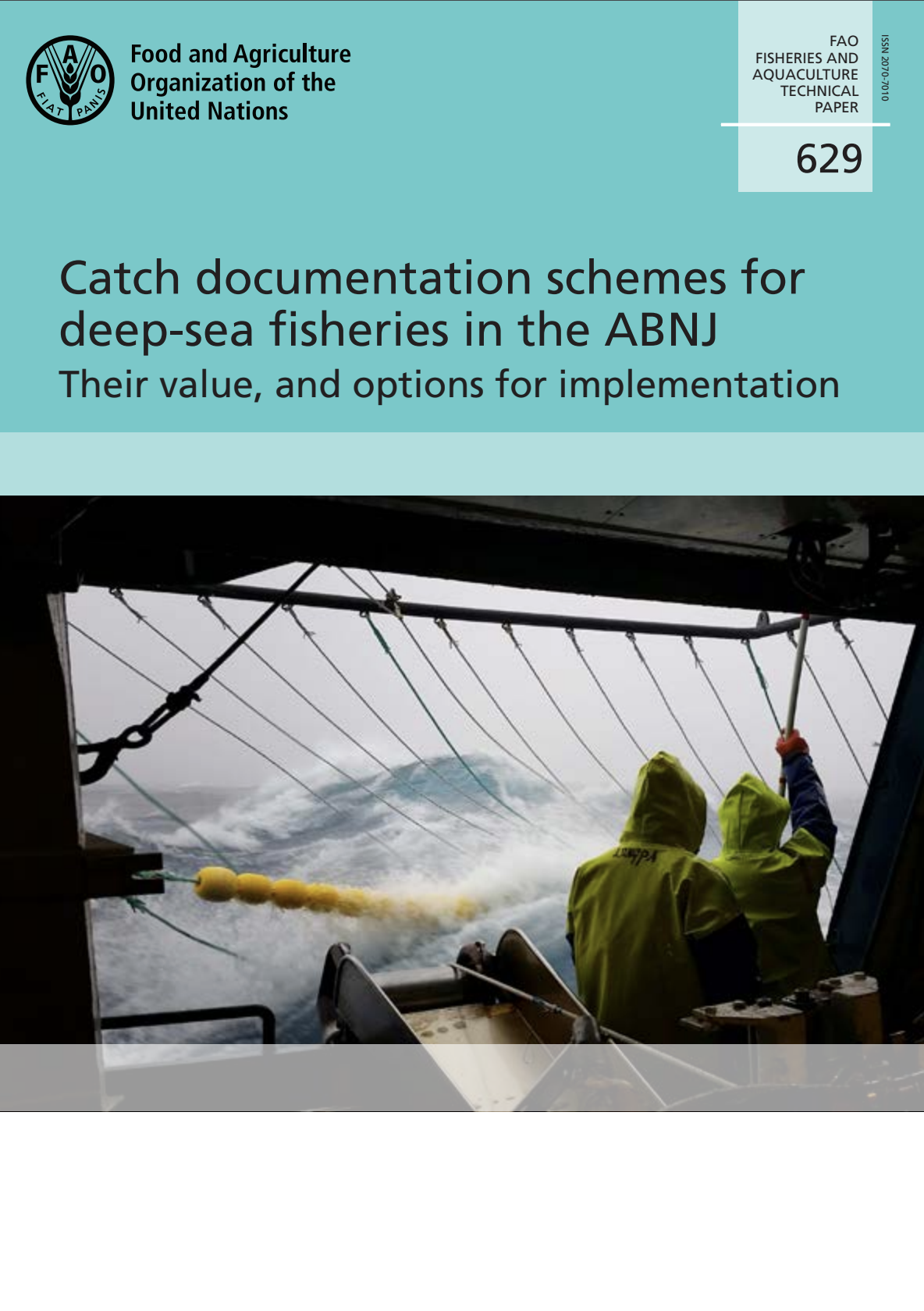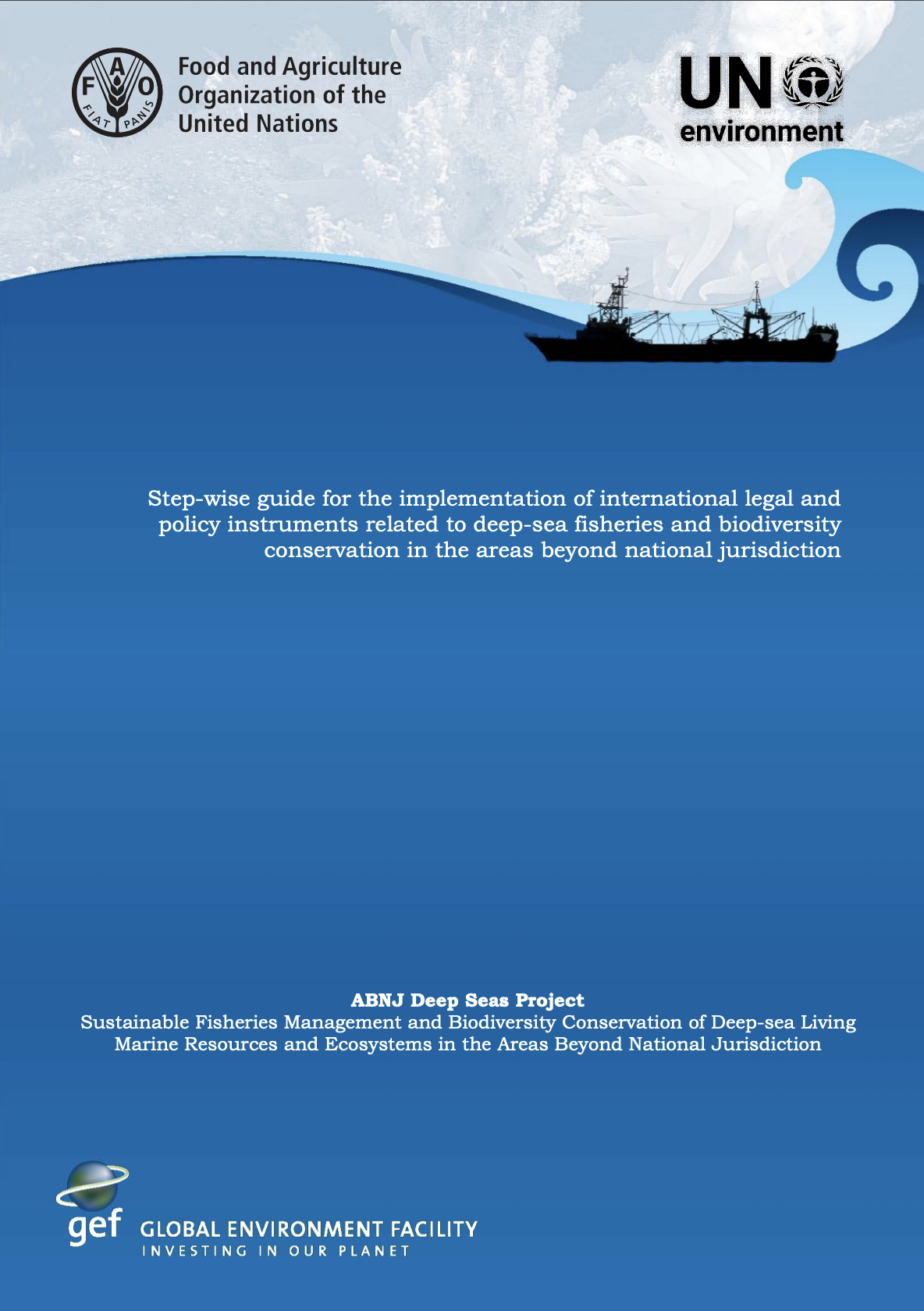Increasing pressures are threatening biodiversity in ABNJ
Traditionally, the remoteness of ABNJ has provided a degree of protection from human activities. However, with technological advances, these areas are becoming easier to access. Existing and emerging activities in ABNJ include offshore oil and gas exploitation, deep-sea mining, cable-laying, shipping and deep-sea fishing.
As a result, the impact of human activities on biodiversity in ABNJ is growing – and the scale and intensity of such activities in the deep-sea are expected to increase over the coming decades. In addition, external pressures such as climate change are also increasing. To lessen the impacts from these pressures on deep-sea biodiversity, the global community must work together to balance different human activities. This requires improving the design and implementation of existing policy and legal instruments for deep-sea fisheries and biodiversity conservation in ABNJ at the global and regional levels.
Policies and legal instruments are needed at global and regional levels
Progress has been made in implementing international instruments and relevant guidelines for deep-sea fisheries and biodiversity conservation in ABNJ at the global and regional levels. However, improvements in their application are still required to address the vulnerability of deep-sea habitats, fish stocks and associated bycatch species. Barriers to sustainable fisheries and biodiversity conservation in the deep-sea include challenges related to the implementation of international instruments.
A number of countries have mainstreamed deep-sea fisheries management and biodiversity conservation instruments into their policies or legal frameworks. However, many other countries are still not able to do so, due to a lack of awareness of the available instruments, inadequate institutional capacity, or both. Strong legislation and policy frameworks require the incorporation of international obligations and best practices into national and regional instruments, and well-targeted institutional support to those countries requiring it.

Where we worked
The ABNJ Deep Seas Project worked closely with the national and regional organisations in two regions:
- The Southern Indian Ocean
- The South East Atlantic
How we worked
Together with our regional partners, we provided support in implementing existing policy and legal instruments at the regional and national levels. We achieved this by strengthening the capacity to incorporate legal obligations and good practices – related to sustainable fisheries and biodiversity conservation – into national legislation. A step-wise guide was developed detailing practical steps to assist countries in integrating their international obligations into national laws and policies.
The step-wise guide allows users to:
- Identify the objectives and principles to be included in national laws and policies;
- Establish fisheries management measures, including those related to vessel licencing, data collection and monitoring, control and surveillance regimes; and,
- Implement measures to protect marine biodiversity.
The Secretariat and members of the Southern Indian Ocean Fisheries Agreement (SIOFA) and the South East Atlantic Fisheries Organization (SEAFO) participated in a DEEP-FLIP (Fisheries Law in Practice) pilot training programme on the use and application of the step-wise guide.
The ABNJ Deep Seas Project also reviewed the relevance and value of CDS in the context of deep-sea fisheries. The report explored the organisational and institutional modalities under which CDS could be applied in order to operate effectively and to make substantive contributions to sustainable fisheries management, as well as how to mitigate IUU fishing.
To improve understanding of existing global processes, policy and legal frameworks for ABNJ management, and the related challenges, the ABNJ Deep Seas Project supported the creation of global partnerships between deep-sea Regional Fisheries Management Organisations/Arrangements (RFMO/A) Secretariats.
International legal and policy instruments related to deep-sea fisheries and biodiversity conservation in ABNJ
Deep-sea fisheries and the protection of marine biological diversity in ABNJ are covered by a range of international legal and policy instruments. To start building a basis upon which to provide advice to countries on implementation at national level, we undertook a detailed analysis of these international policy and legal instruments. The review highlights specific requirements or aspects of the international instruments that should be reflected in national legislation.
These requirements were included in a step-wise guide for the implementation of international policy and legal instruments for deep-sea fisheries and biodiversity conservation in ABNJ at the national level. The guide provides further details on specific types of measures that countries may wish to take to implement the instruments described in the review. The step-wise guide is aimed at policymakers, legislators and operational personnel.
Catch documentation schemes for deep-seas fisheries in ABNJ
We also explored how relevant a CDS would look in the context of deep sea fisheries. CDS is an important tool to combat IUU fishing. So far, CDS have had limited application in deep-sea fisheries.
CDS could help mitigate IUU fishing through improved compliance with deep sea-fisheries conservation and management measures. The implementation of an effective CDS would benefit from a multi-regional approach covering specific fish species across their distribution range. This is of particular interest to the contracting parties of the RFMOs which manage deep-sea fisheries.



